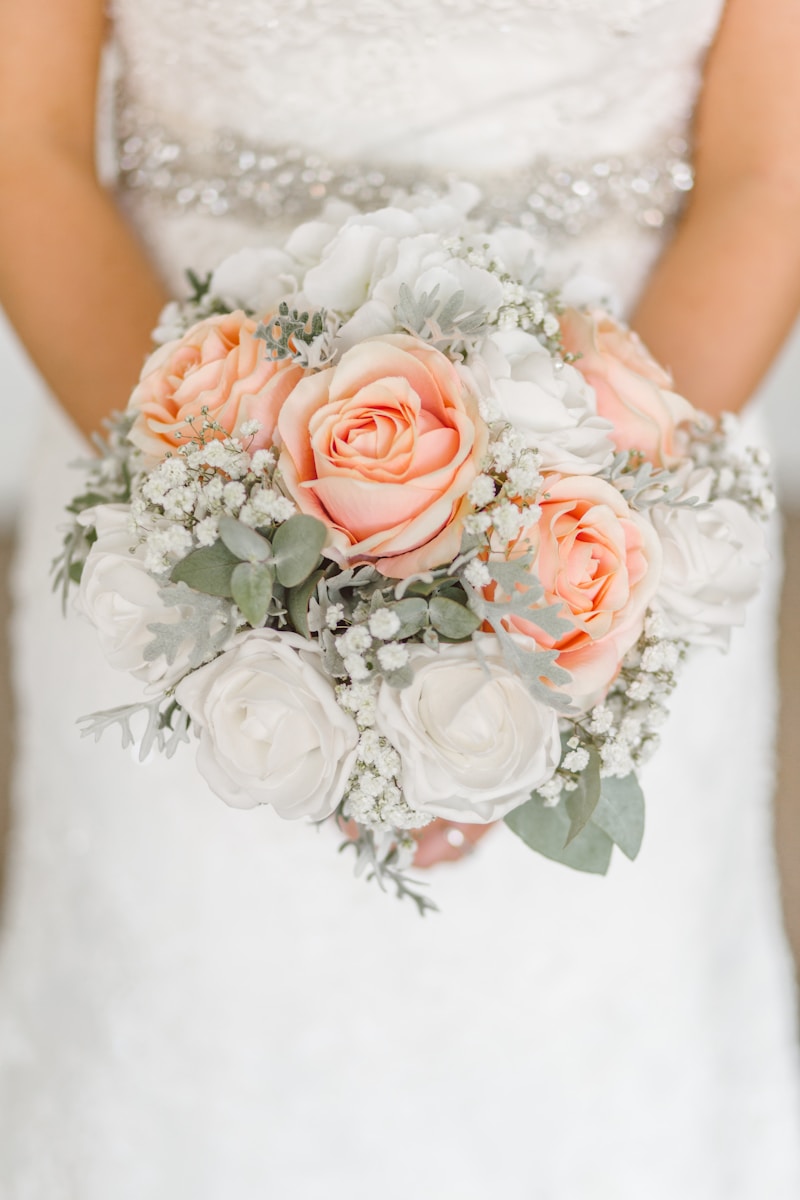The Interplay of Tradition and Modernity in Weddings: A Cultural Exploration
The Interplay of Tradition and Modernity in Weddings: A Cultural Exploration
Weddings have always been a significant cultural event that brings together families, friends, and communities to celebrate love and commitment. However, the way weddings are celebrated can vary widely around the world, often reflecting the rich tapestry of tradition and modernity. In this article, we will explore how various cultures integrate traditional elements into contemporary weddings, the evolving significance of these practices, and their implications on society.
Understanding Tradition in Weddings
Tradition plays a pivotal role in shaping wedding ceremonies. Each culture has its own customs and rituals passed down through generations. These traditions may encompass religious beliefs, regional practices, and familial values. For instance, in Indian weddings, the concept of 'Saptapadi'—the seven steps taken together by the couple—holds deep significance, symbolizing their journey through life together.
Modern Influences on Weddings
Conversely, modern influences have begun to reshape traditional wedding ceremonies. The rise of social media, changing gender roles, and the influence of global culture have introduced new elements into weddings that often blend seamlessly with traditional practices. Many couples now opt for a fusion of styles to reflect their individuality while respecting their cultural heritage.
The Balance of Tradition and Modernity
Striking a balance between tradition and modernity in weddings poses both challenges and opportunities. Couples often find themselves negotiating their cultural traditions with contemporary societal expectations. This interplay can be witnessed in various aspects of wedding planning, especially in attire, rituals, and even the choice of venue.
| Aspects of Weddings | Traditional Elements | Modern Influences |
| Attire | Cultural outfits, such as Saris in India, Kimono in Japan | Designer gowns, themed outfits reflecting personal aesthetics |
| Rituals | Religious ceremonies, ancestral blessings | Personal vows, unique rituals created by the couple |
| Venue | Religious places, traditional banquet halls | Beaches, gardens, even destination weddings |
Regional Variations
When examining the interplay of tradition and modernity in weddings, it is crucial to appreciate the regional variations that exist. Each area offers a unique interpretation of how these elements can coexist.
For instance, in Japanese weddings, Shinto ceremonies are often complemented by contemporary receptions that include Western customs, such as cutting a wedding cake. Similarly, in Western cultures, traditional church weddings might be followed by modern receptions that feature functions like photo booths and elaborate entertainment.
Globalization and Cultural Exchange
The phenomenon of globalization has significantly impacted wedding practices worldwide. The internet has facilitated cultural exchange, allowing couples to incorporate traditional practices from different cultures into their own ceremonies. This not only enriches the wedding experience but also fosters a sense of unity among diverse communities. For example, a couple might choose to have a traditional Chinese tea ceremony as part of their American wedding, highlighting the melding of customs.
Weddings and Identity
Weddings are often regarded as rites of passage and can symbolize the interweaving of identities. As couples navigate the complexities of tradition and modernity, they might face challenges related to familial expectations, personal beliefs, and cultural identity. It is crucial for couples to communicate openly, creating a wedding atmosphere that honors their backgrounds while also celebrating their unique bond.
Engaging both families in discussions about traditions, and modern influences can lead to a harmonious wedding experience, blending the old and the new in a way that resonates with everyone involved.
Future Trends in Weddings
Looking ahead, the future of weddings seems poised for further evolution. Trends such as micro-weddings, elopements, and eco-friendly ceremonies reflect a growing desire for simplicity and sustainability in weddings. Couples are increasingly prioritizing authenticity over extravagance, leading to the emergence of innovative practices that still honor traditional elements.
Conclusion: Embracing Both Worlds
In conclusion, the interplay of tradition and modernity in weddings is a reflection of our changing world. As couples navigate this dynamic landscape, they are confronted with the challenge of honoring their cultural roots while embracing contemporary influences that reflect their individuality. By fostering open communication with family and creatively blending various elements, couples can create memorable ceremonies that resonate on multiple levels.
As a final suggestion, couples should take time to research, discuss, and appreciate the traditions of both their families while also considering modern elements that speak to their preferences. This approach will not only result in a beautiful wedding but also lay a strong foundation for their future together, where both tradition and modernity can coexist.
